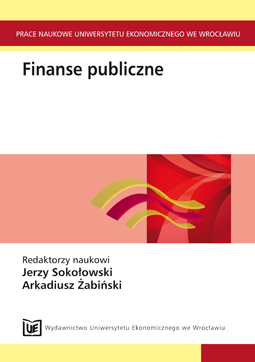Elastyczność zadłużenia gospodarstw domowych względem stopy procentowej i dochodu
Debt flexibility of households towards interest rate and income
Author(s): Artur Pollok, Grzegorz WałęgaSubject(s): Economy
Published by: Wydawnictwo Uniwersytetu Ekonomicznego we Wrocławiu
Keywords: microeconomics; households; intertemporal choice theory; debt
Summary/Abstract: The intertemporal choice model is one of the basic elements of the theory which describes household behaviour. The existence of two-way substitution relies heavily on the existence of the credit market. It enables households to take out loans which, in a given period of time, cover the expenditures above the level of their current income. The theoretical model indicates that household debt is determined by the level of interest rates and the borrowers’ potential to make principal and interest repayments. The research conducted on the basis of data obtained from the National Bank of Poland and the Central Statistical Office indicates that the level of household debt in Poland resulting from loans and credit is closely related to average monthly gross compensations. The level of interest rates, on the other hand, does not have a considerable impact on the amount of household loans.
Journal: Prace Naukowe Uniwersytetu Ekonomicznego we Wrocławiu
- Issue Year: 2011
- Issue No: 167
- Page Range: 306-326
- Page Count: 21
- Language: Polish

